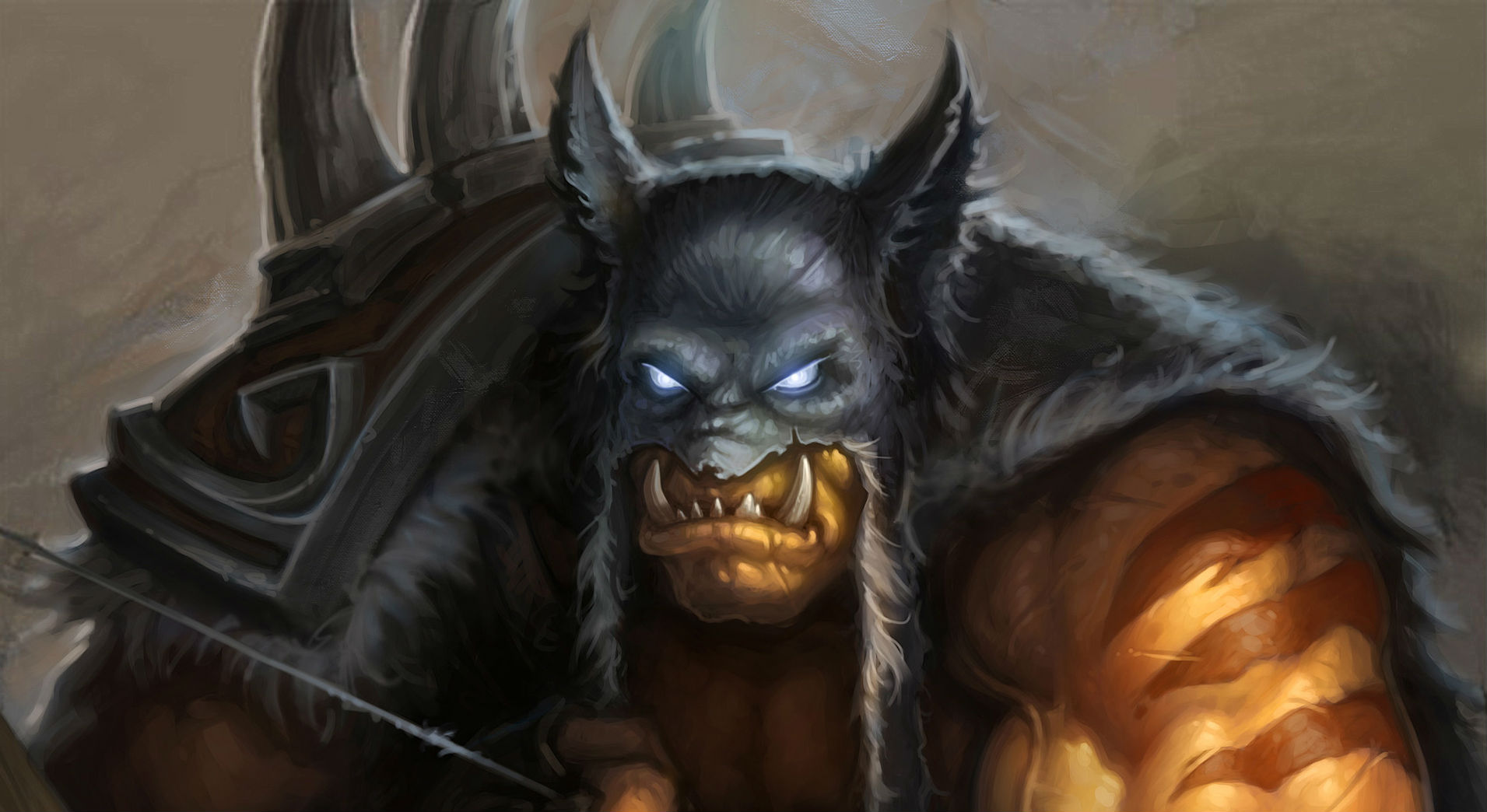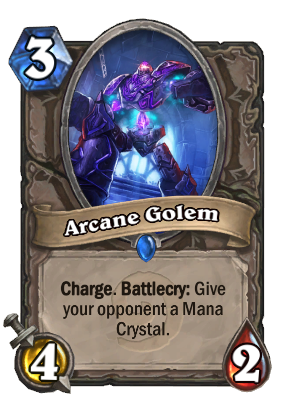In defence of aggro in Hearthstone


Photo from H2K Gaming.
Simon ‘Sottle’ Welch is a multi-Legend rank player, tournament winner, and caster who regularly streams on Twitch. He also writes guides for Icy Veins, all while finding time to be a national Yo-Yo champion.
Since I seem to get all the unpopular jobs here, (last time I was arguing why the Warsong Commander nerf was actually a bad thing), let’s just dive in with the controversial statement: The aggro playstyle is healthy, necessary, more complex than you think, and a key component of not just Hearthstone, but pretty much any card game. First, let’s be clear on what we mean by aggro. For the purpose of this article, when we say “Aggro”, we’re not talking about Zoo, Mech Mage, Midrange Druid, Secret Paladin or any other aggressively-curved Midrange deck. We’re talking about the full-on, Wolfriders fired at the face every turn, brand of Aggro.
The ultra aggressive style has become more popular recently thanks to Face Hunter, the previous champ of turn six kills, being joined by two other contenders with a thirst for doing massive damage as quickly as possible: Face Druid and Face Shaman. These decks differ wildly from their already aggressive counterparts—the Midrange versions of Druid and Hunter—and, as i’ll cover in my first point, are actually far more complex to play...
Aggro is not easy to play
No really, it isn’t. I sympathise with the frustration, though. You lose to someone on ladder that drew endless damage and pointed it at your face, and you don’t see what decisions they’ve made, or what skill was involved in their win, and when that happens you’re not really wrong. Sometimes Face decks do just get the nuts and more or less play themselves, but that’s also true of almost any deck. Faster decks seem to get it more often, but that’s because a carefully refined Aggro deck is streamlined to the point where it is statistically more likely to draw well because it has trimmed the fat of expensive, clunky cards. However, mediocre to bad draws can still happen, and likewise a non-aggro opponent can draw the perfect answers. That’s where the skill of playing Aggro comes in, and will make the difference between a 45-55% winrate player climbing the ladder via winstreaks, and a 65-70% winrate player who is climbing in high legend.
Actually, you do have to trade (sometimes)
Decks like Secret Paladin and Mech Mage are incredibly straightforward to play. You’re simply trying to follow your Mana curve and develop the most powerful board you can each turn. Your hand more or less plays itself, and the minion trades you need to make are fairly obvious. Pure Aggro is a much more complex proposition. Your hand is generally made up of lower curve cards, and you usually have a Hero Power that gains you an advantage as well, so even turns with as little as 3 or 4 Mana available can present you with multiple options, each with their own relative merits.
On top of this, the trading decisions are often much more complex. Yes, sometimes you trade. While most people think that the correct way to play Aggro is to hit face incessantly, trading early can actually gain you damage over time, or buy you crucial extra turns in the late-game when your deck is much more likely to draw crucial finishing damage than your opponent’s. Being able to calculate probability, assess your remaining ‘outs’ (i.e. the ways you have left to win the game), and weigh the expected damage of each card in hand and minion on board, are skills that only the best aggro players have perfected.
These fine judgments have become even more important as extra anti-Aggro tech cards like Deathlord and Antique Healbot have been added to Hearthstone. Aggro operates on an increasingly thin edge. As the aggressor, you still have to understand your opponent’s outs. Fail to invest enough damage to face before a Sludge Belcher lands? You probably just lost. Fail to throw your burn spells at the face before Loatheb arrives? You probably just lost. Focus too much on damage and not enough on board presence when your opponent has Reno or Alexstrasza? You get the picture... Making the correct decisions in these scenarios requires not only a high level understanding of the meta, but also carefully calculating the probability of your opponent having particular cards, and then making the play that beats the likeliest scenarios.

Aggro is necessary, for a variety of reasons

That Mana Crystal doesn't matter if they're already dead.
Do you really want to live in a world that is completely dominated by slow Control decks? Without the threat of Arcane Golems flying at the face to keep the meta in check, Hearthstone would soon spiral into a situation where every player was trying to create the ‘greediest’ deck with the most big threats and answers. That would be a horrible place for the game to go, because the average length of matches would balloon past the 20 minute mark. That in turn would stop players from dropping in to play a quick game or two on their phone, and makes the time investment needed to climb the ladder, earn gold, unlock golden heroes, or make any sort of significant progression completely unfeasible for casual players, let alone new ones.
Keep up to date with the most important stories and the best deals, as picked by the PC Gamer team.
On top of the time drain, there are also financial implications. Like it or not, Aggro decks tend to be a cheap and efficient way for newer players to get into the game. For a few thousand dust or less, a new player can use a deck that is capable of performing at the highest ranks. They have no excuse for losing anymore, it’s simply a matter of getting better at the basics, and learning the lessons that each loss teaches. Imagine if, as a new player, to become competitive you had to grind enough dust to build a Control Warrior deck. The barrier to entry would be so severe that most would quit in frustration. If they don't fall asleep first.
Did you really just lose because Aggro is dumb and braindead, or did you get punished for making greedy deckbuilding decisions?
Aggro is easy to counter

"Back from the junk heap."
Aggro can never become truly dominant. Although the meta sees spikes in popularity for Aggro, as with any type of deck, if it becomes too much then the most aggressive decks are easily farmed out of existence by sticking two Zombie Chows, two Antique Healbots, and two Sludge Belchers in your deck and saying good luck getting through that. Aggro exists as part of a self-regulating cycle. Fast decks prey on Midrange decks, which in turn keep Control decks in check, who complete the cycle by countering Aggro. The meta is never in perfect balance, but the style of deck that’s dominant is soon addressed by tech cards and other deck building decisions. Of the three archetypes, Aggro is by far the easiest to build against. Because aggro decks operate according to such a simple gameplan, their dreams are most easily shattered. You just want to include sticky early game creatures, some Taunts, and a few heals. Simple, right?
The perception problem
Aggro suffers from a bad reputation, and perhaps always will. But next time you rage at a deck you lost to for being “cancer”, stop and take a moment to think rationally. What makes your choice of Control or Midrange more noble and righteous than the person who’s playing Aggro? Do you honestly think you’re playing the game right and they’re playing it wrong? Is the god draw you just lost to really any worse than losing to a Control Warrior deck that drew every answer at the perfect time? Did you really just lose because Aggro is dumb and braindead, or did you get punished for making greedy deckbuilding decisions? Or even worse, did you just get outplayed by someone who read the match perfectly and maximised their resources as a result? Maybe it’s time we stopped giving our Leper Gnome loving friends such a hard time and learned to accept that aggro is a key part of what makes Hearthstone such a great game.

PC Gamer Pro is a new channel dedicated to esports and competitive gaming. Check back every day for exciting, fun and informative articles about League of Legends, Dota 2, Hearthstone, CS:GO and more. GL HF!

